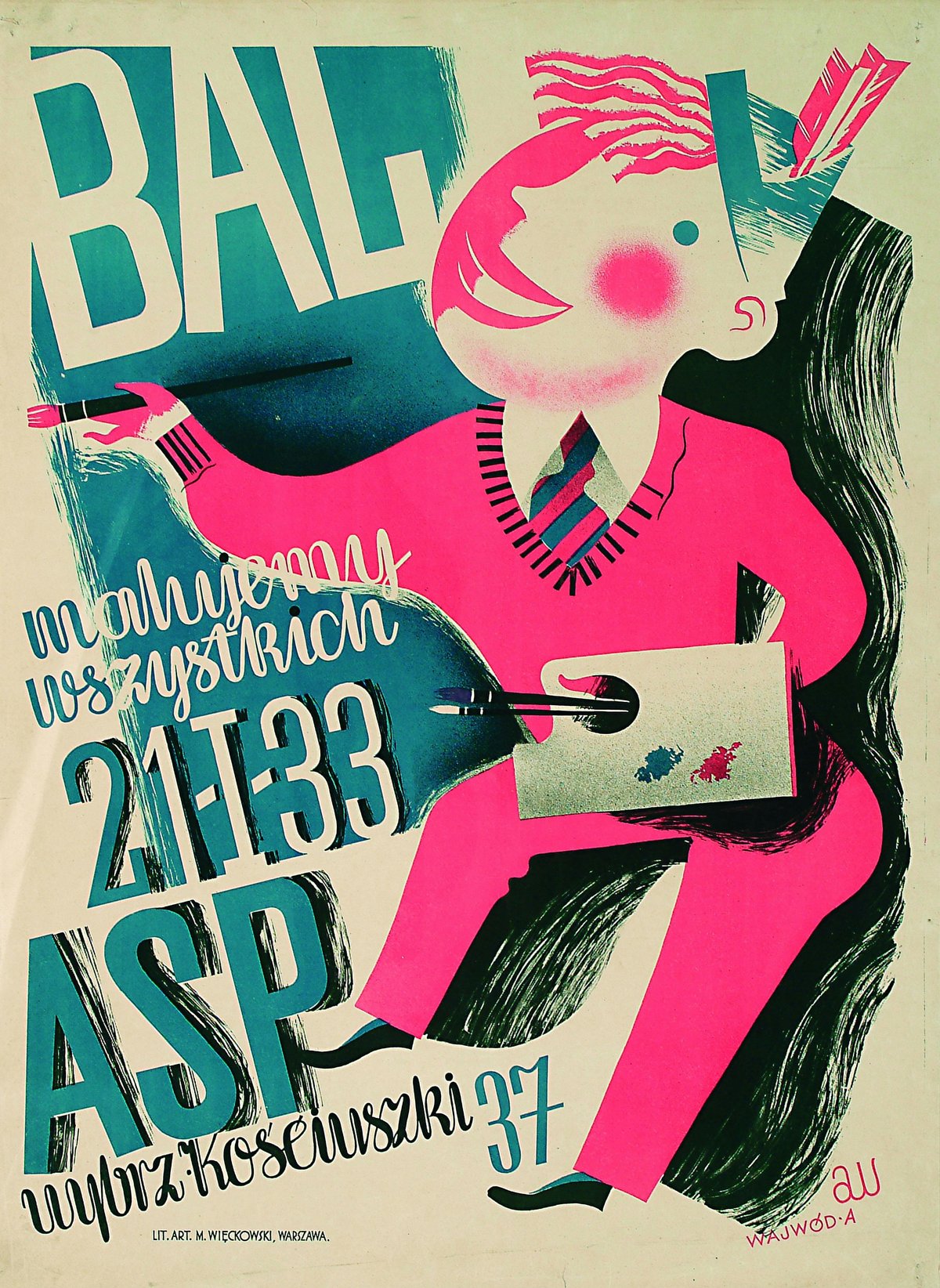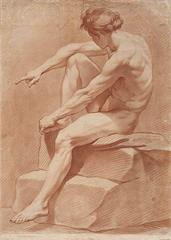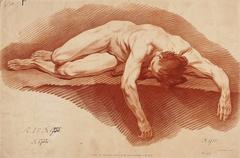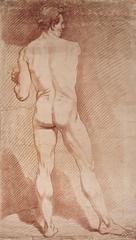
Academy of Fine Arts Warsaw: Visiting Hours, Tickets, and Historical Significance
Date: 14/06/2025
Introduction
The Academy of Fine Arts in Warsaw (Akademia Sztuk Pięknych w Warszawie, ASP) is a cornerstone of Poland’s artistic legacy and a leading institution for contemporary creative innovation. Established as the Department of Arts at the University of Warsaw in 1812, it became an independent academy in 1844, overcoming the challenges of Poland’s turbulent 19th-century history. Today, the Academy stands as both an educational powerhouse and a vibrant cultural hub, producing renowned artists and hosting dynamic exhibitions in the heart of Warsaw (Prototypes for Humanity; ASP official site).
This guide presents the Academy’s history, visitor essentials—including hours, tickets, tours, and accessibility—and highlights its cultural significance and nearby attractions. Whether you are an art lover or a curious traveler, the Academy offers a meaningful experience within Warsaw’s rich historical landscape (Cumulus Association; Salon Akademii).
Contents
- Origins and Early Development
- Architectural Milestones
- Academic Evolution and Cultural Impact
- Notable Alumni and Faculty
- Resilience in History
- Internationalization and Modernization
- Visitor Information: Hours, Tickets, and Accessibility
- Visitor Experience and Events
- Frequently Asked Questions (FAQ)
- Visual Media
- Key Milestones
- Conclusion and Visiting Tips
- Sources
Origins and Early Development
The Academy’s roots date back to 1812, when the Department of Arts was introduced at the University of Warsaw, marking the city’s first formalized higher arts education. By 1844, amidst the partitions of Poland and under Russian control, the institution asserted its cultural independence by becoming a standalone academy. Early on, classes were held in various city locations due to the absence of a dedicated building, reflecting the institution’s adaptability and determination (Prototypes for Humanity).
Architectural Milestones
The Academy’s expansion in the late 19th and early 20th centuries culminated in the construction of its main campus at ul. Krakowskie Przedmieście 5, now housed in the historic Czapski Palace. Designed by Alfons Gravier, the main building was completed just before World War I and remains a striking example of early 20th-century architecture. The palace and its surroundings are integral to the Academy’s identity, offering visitors a glimpse into Warsaw’s layered history (ASP official site; Wikipedia).
Academic Evolution and Cultural Impact
A defining moment was the Academy’s official recognition in 1932, solidifying its status as a premier art institution. Over the years, ASP has expanded to include faculties such as Painting, Sculpture, Media Art, Conservation, Design, and more. Its curriculum integrates traditional fine arts with contemporary disciplines, ensuring continued relevance in Poland and internationally (Cumulus Association; Erasmus ASP Warsaw).
The Academy is renowned for its interdisciplinary pedagogy and commitment to social engagement. Notably, the Faculty of Design, founded in 1977, emphasizes socially responsible design, sustainability, and collaborations with industry leaders. The “Open Form” concept, introduced by Oskar Hansen, fosters creative freedom and innovative thinking (ASP Faculty of Design).
Notable Alumni and Faculty
The Academy has produced many acclaimed artists, including:
- Magdalena Abakanowicz – internationally recognized sculptor and fiber artist;
- Paweł Althamer – contemporary sculptor and installation artist;
- Katarzyna Kozyra – influential video artist and sculptor;
- Joanna Rajkowska – creator of public art installations;
- Władysław Podkowiński – painter of the Young Poland movement;
- Eryk Lipiński – caricaturist and designer;
- Nathan Rapoport – sculptor of Holocaust memorials;
- Leon Tarasewicz – abstract painter and professor (EduRank).
The faculty has included pivotal figures such as Stanisław Ostoja-Chrostowski and Wanda Telakowska, further cementing the Academy’s influential role in Polish art.
Resilience in History
The Academy’s history is marked by perseverance through adversity. During World War II, it suffered significant losses, including destroyed artworks and buildings. Many students and professors participated in the Warsaw Uprising, with some losing their lives. After the war, the Academy was instrumental in Poland’s cultural revival, rebuilding its facilities and continuing its educational mission (EduRank).
Internationalization and Modernization
In recent decades, the Academy has embraced international exchange through Erasmus+ and partnerships with global universities and design schools. Courses are available in Polish and English, with a strong influx of international students and visiting scholars. The institution continuously modernizes its facilities, curriculum, and teaching strategies, ensuring that graduates are equipped for contemporary careers in art and design (Erasmus ASP Warsaw).
Visitor Information: Hours, Tickets, and Accessibility
Location:
- Main campus: ul. Krakowskie Przedmieście 5, Warsaw (Czapski Palace)
Visiting Hours:
- Galleries and public exhibitions: Typically open Tuesday–Sunday, 11:00 AM–6:00 PM
- Special events may extend hours. Always check the official website for updates.
Tickets:
- Most exhibitions are free; some special shows or events may require a ticket (details available on the official site).
Guided Tours:
- Available by prior arrangement; contact visitor services for booking.
Accessibility:
- The main building and exhibitions are wheelchair accessible. Staff assistance is available for visitors with special needs.
Transport:
- Easily accessible by public transport (trams, buses) near Krakowskie Przedmieście. Parking is limited—public transport is recommended.
Visitor Experience and Events
The Academy offers a rich cultural experience with rotating exhibitions at the Salon Akademii Gallery, student project spaces, and an outdoor sculpture park. Regular events include the acclaimed “UpComing” graduate exhibition and the “Akademia Otwarta” (Open Academy), which invites the public to participate in workshops and view creative processes (Salon Akademii).
Throughout the year, visitors can attend public lectures, book launches, and interdisciplinary workshops. The Academy’s central location makes it easy to combine a visit with other Warsaw historical sites, including the Royal Castle, Old Town, and the National Museum.
Frequently Asked Questions (FAQ)
Q: What are the Academy’s visiting hours?
A: Public galleries are generally open Tuesday–Sunday, 11:00 AM–6:00 PM. Check the official website for updates.
Q: Are tickets required?
A: Most exhibitions are free; some special events may require a ticket.
Q: Is the Academy accessible for wheelchair users?
A: Yes, facilities are wheelchair accessible.
Q: Are guided tours offered?
A: Yes, by advance booking via visitor services.
Q: Can I take photos?
A: Photography is usually permitted in public gallery spaces. Confirm on-site for specific exhibitions.
Q: How do I get there?
A: The Academy is centrally located and easily accessible by tram, bus, or a short walk from the Old Town.
Visual Media
Key Milestones
- 1812: Department of Arts established at the University of Warsaw
- 1844: Academy of Fine Arts founded as an independent institution
- 1904: Upgraded to Warsaw School of Fine Arts
- 1911–1914: Main campus (Czapski Palace) constructed
- 1932: Recognized as an Academy
- Post-1945: Rebuilding and expansion after World War II
- 21st century: Modernization, internationalization, and new academic programs
Conclusion and Visiting Tips
The Academy of Fine Arts in Warsaw is not only a monument to Polish artistic tradition but also a living institution that shapes the future of art and design. Its exhibitions, accessible facilities, and central location make it a highlight of any cultural itinerary in Warsaw.
Visiting Tips:
- Always check the official website for current hours and exhibition details.
- Combine your visit with nearby landmarks for a full day of cultural exploration.
- Download the Audiala app for audio guides and interactive maps.
- Follow the Academy and Audiala on social media for updates and behind-the-scenes content.
Immerse yourself in the creative pulse of Warsaw—visit the Academy of Fine Arts and experience the intersection of history, art, and innovation.




































































































































































